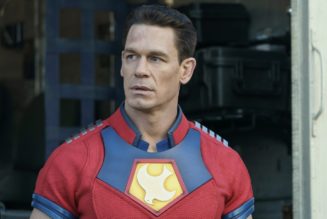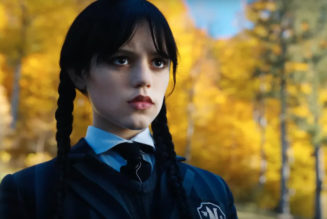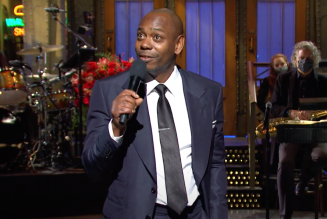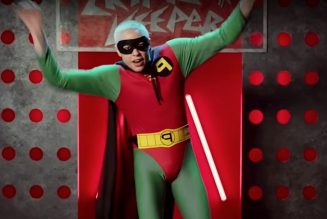The Pitch: *Ahem* Cue the dramatic music, please…
WATER! EARTH! FIRE! AIR!
Long ago, the four nations lived together in harmony. Then, everything changed when the Fire Nation attacked. Only the Avatar, master of all four elements, could stop them. But when the world needed him most, he vanished…
So goes the iconic intro from the original Nickelodeon series, Avatar: The Last Airbender, and as one might expect, Netflix’s new live-action adaptation follows the same premise. Aang (Gordon Cormier), the titular Avatar and last airbender, is tasked with restoring peace to a warring, magical universe. After inadvertently trapping himself in ice for 100 years, he awakes to find the world he once knew on fire — literally. The Fire Nation is in the midst of multiple genocides in their pursuit of power, and Aang and his friends are all that stand in their way.
Despite the fact that, at heart, he’s nothing more than a fun-loving kid in over his head, Aang must come to terms with his responsibilities. Joined by budding waterbender Katara (Kiawentiio Tarbell) and her older brother Sokka (Ian Ousley), Aang must hone his skills before it’s too late, all while running from a young, conflicted Fire Nation prince, Zuko (Dallas James Liu), who’s tasked with capturing him.
Related Video
The Flying Bison in the Room: As any Avatar fan (or any obsessive so-bad-it’s-good film fan) knows, this isn’t the first attempt to bring the world of The Last Airbender into the realm of live-action. M. Night Shyamalan beat Netflix to the punch by well over a decade — and was instantly ridiculed for the effort by fans, critics, and just about anyone unlucky enough to catch a glimpse of the film.
From both a fan and filmmaking perspective, the backlash is pretty understandable. In the film, names get the wrong pronunciation, the dialogue is laughable, the once vibrant world is dull, and Shyamalan forgoes the original series’ humor and lightness for drab dramatics. Fortunately, it seems as if the team over at Netflix has studied Shyamalan’s blunder, and made a point to approach the source material in almost the exact opposite way.
Putting the “Avatar” Back into the “Last Airbender”: Unlike 2010’s The Last Airbender, Netflix’s Avatar brims with life. Despite leaning into the devastation and destruction of the narrative just as much (and possibly even more) than the show’s original run, the essential moments of joy and levity remain firmly intact. Just as important, the world feels expansive and lived-in, with believable, distinct pockets of culture occupying each corner of the story.








